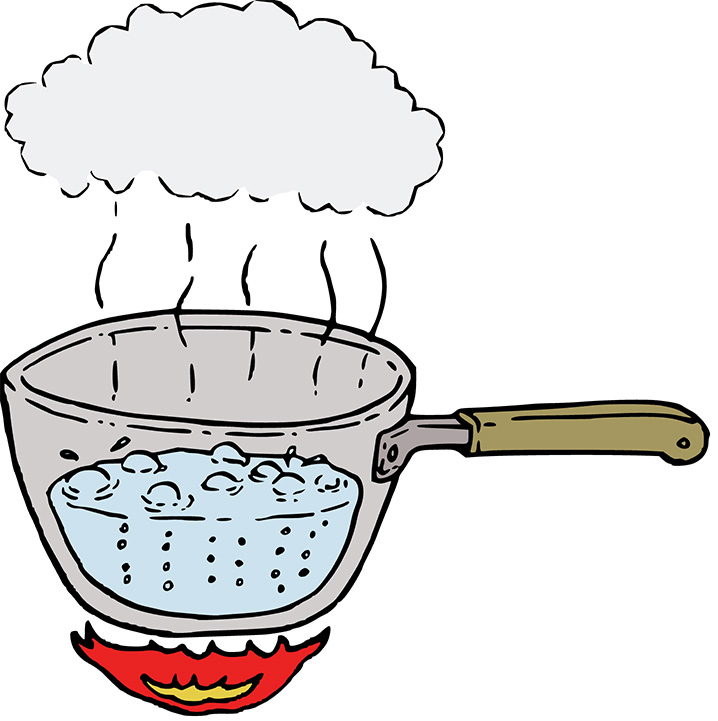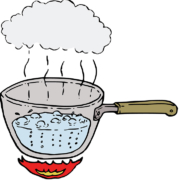ISO 19867: Thermal Efficiency

Boiling that five liters in 25 minutes max!
There have been many versions of Water Boiling Tests, including the 1987 International Standards, Shell Foundation, IWA, ISO 19867, Chinese, Indian and many others. The lab tests do not predict in-field use but are intended to compare results when variables are controlled.
It can be amusing, in a sad way, to watch how the stove communities (heating and cooking) can get quite hot under the collar about how lab tests don’t accurately predict what users experience. I suppose there are some small rewards that accompany a historical perspective and having read the quite explicit introductions?
I like ISO 19867 and value testing stoves at high, medium, low power, etc. The recent grant has us attempting to upgrade performance in twelve natural draft TLUDs and Rocket stoves. When using ISO 19867, it’s interesting to see how much thermal efficiency is valued! Emissions of CO and PM2.5 are evaluated by the weight of the pollutant (gram or milligram) per megajoule delivered to the pot. To get a good score, thermal efficiency must be as good as you can get, while CO and PM2.5 must be reduced as much as possible, as well.
Not a bad idea!
We are investigating a new way of making Rocket stoves and have tried it in two SSM stoves so far and are now trying it in a BURN stove. Going for highest thermal efficiency is pretty well understood and that’s nice when emissions and thermal efficiency are interrelated.




Leave a Reply
Want to join the discussion?Feel free to contribute!